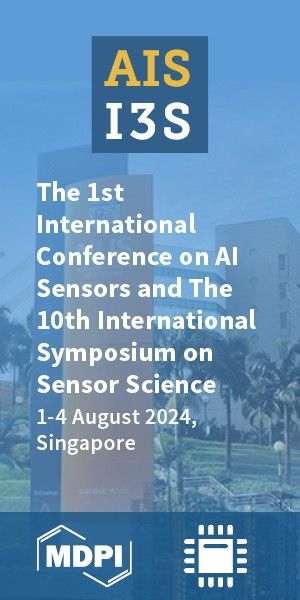Article
Version 1
Preserved in Portico This version is not peer-reviewed
Nonlinear Approximations to Critical and Relaxation Processes
Version 1
: Received: 5 September 2020 / Approved: 6 September 2020 / Online: 6 September 2020 (15:18:36 CEST)
Version 2 : Received: 10 September 2020 / Approved: 11 September 2020 / Online: 11 September 2020 (08:44:02 CEST)
Version 2 : Received: 10 September 2020 / Approved: 11 September 2020 / Online: 11 September 2020 (08:44:02 CEST)
A peer-reviewed article of this Preprint also exists.
Gluzman, S. Nonlinear Approximations to Critical and Relaxation Processes. Axioms 2020, 9, 126. Gluzman, S. Nonlinear Approximations to Critical and Relaxation Processes. Axioms 2020, 9, 126.
Abstract
We discuss methods for calculation of critical indices and amplitudes from the perturbative expansions. They are demonstrated for the Stokes flow through 2D and 3D channels enclosed by two wavy walls. Efficient formulas for the permeability are derived in the form of series for small values of amplitude. Various power-laws are found in the regime of large amplitudes, based only on expansions at small amplitudes. Lubrication approximation is shown to break down, but accurate formulas for the effective permeability for arbitrary values of the wave amplitude are derived from the expansions. The technique developed for critical phenomena is applied then for relaxation phenomena. The concept of time-translation invariance is discussed, its spontaneous violation and restoration considered. Emerging probabilistic patterns correspond to a local breakdown of time-translation invariance. Their evolution leads to the time-translation symmetry complete (or partial) restoration. We estimate typical time extent, amplitude and direction for such restorative process. The new technique is based on explicit introduction of origin in time. After some transformations we come to the exponential and generalized, exponential-type solution with explicit finite time scale, which was only implicit in initial parametrization with polynomial approximation. The concept of crash as a phenomenon, consisting of time-translation invariance breaking and restoration, is put forward. %Concrete form of symmetry breaking/restoration is suggested, using polynomial regression transformed into exponential and Gompertz approximants. COVID-19 related mini-crash in the time series for Shanghai Composite is discussed as an illustration.
Keywords
nonlinearity; approximants; critical phenomena; permeability; relaxation phenomena; time series; crashes
Subject
Physical Sciences, Mathematical Physics
Copyright: This is an open access article distributed under the Creative Commons Attribution License which permits unrestricted use, distribution, and reproduction in any medium, provided the original work is properly cited.
Comments (0)
We encourage comments and feedback from a broad range of readers. See criteria for comments and our Diversity statement.
Leave a public commentSend a private comment to the author(s)
* All users must log in before leaving a comment







